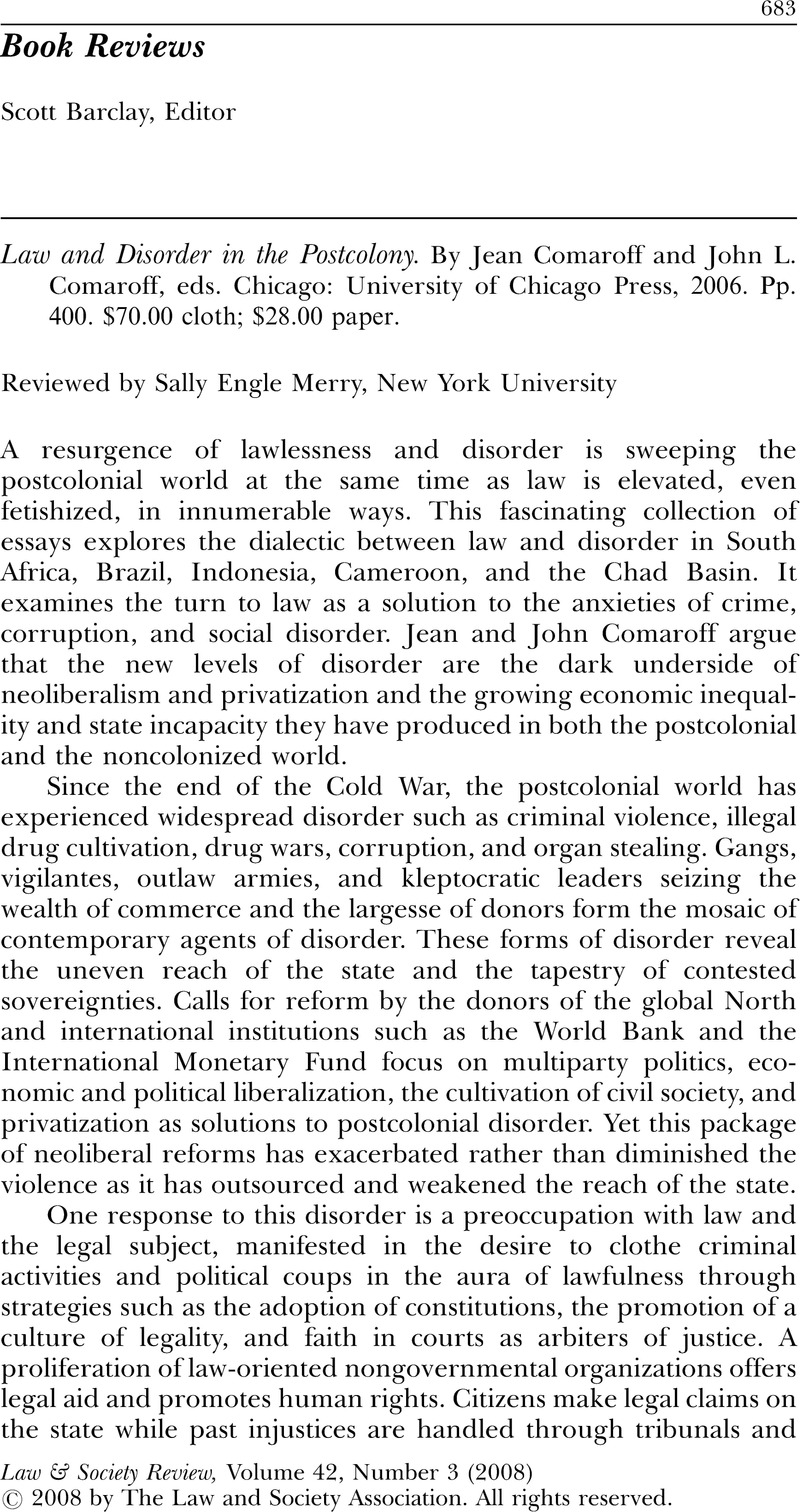Crossref Citations
This article has been cited by the following publications. This list is generated based on data provided by Crossref.
Klaaren, Jonathan
and
Roux, Theunis
2010.
The Nicholson Judgment: An Exercise in Law and Politics.
Journal of African Law,
Vol. 54,
Issue. 1,
p.
143.



